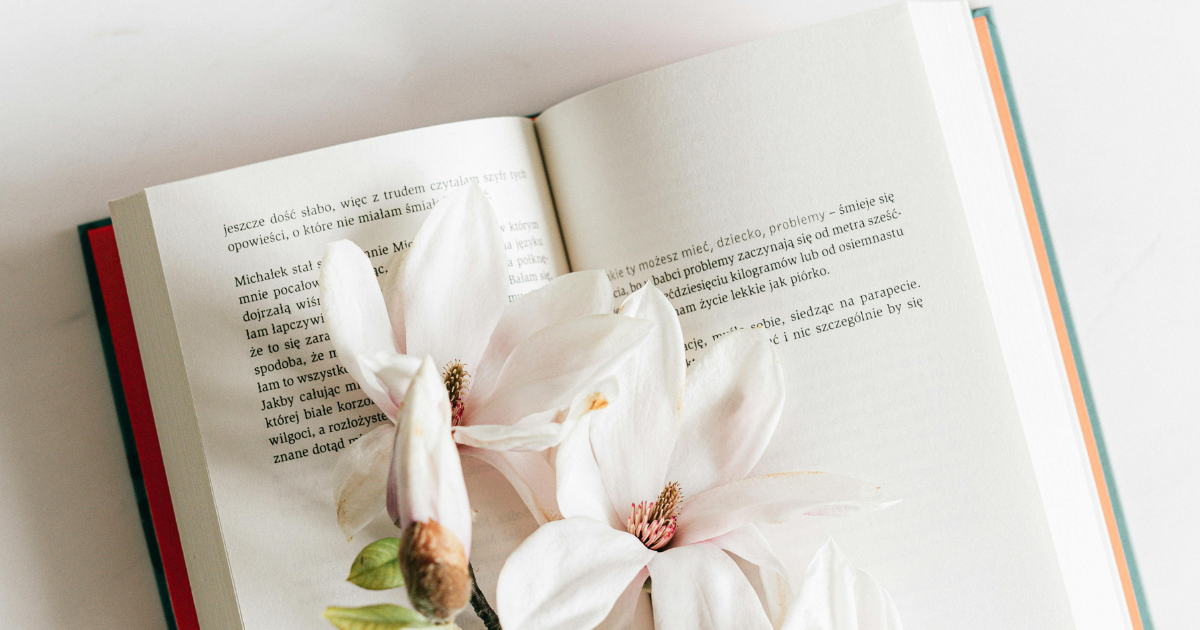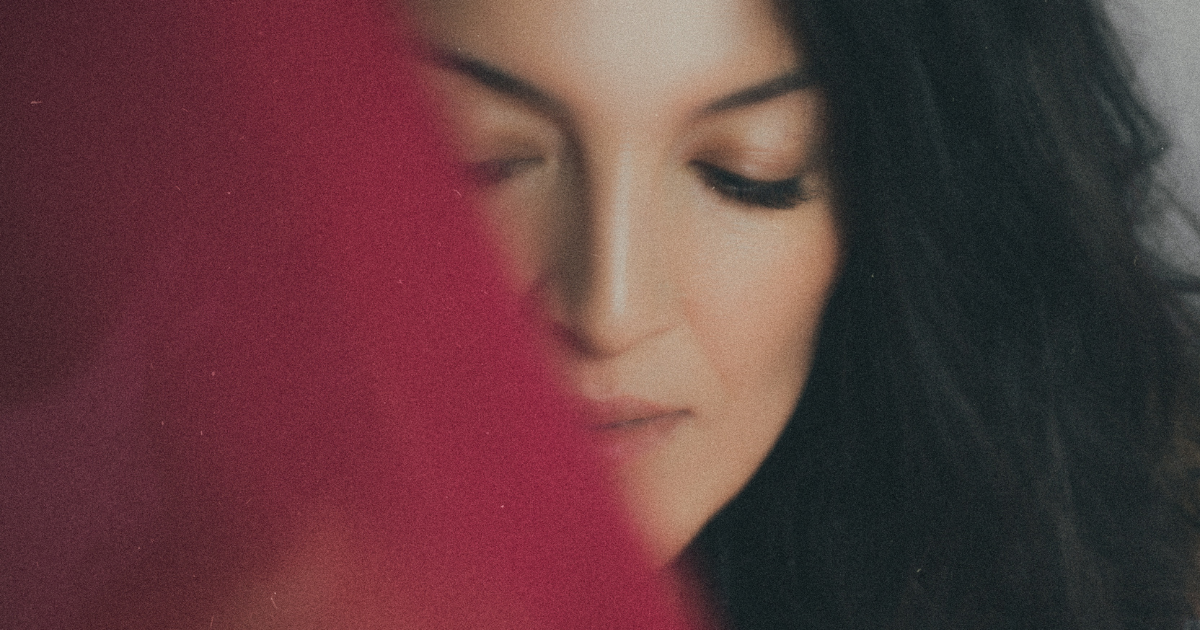Contemplating a blade of grass
Japanese art: how life may never be perfect, but can always be beautiful
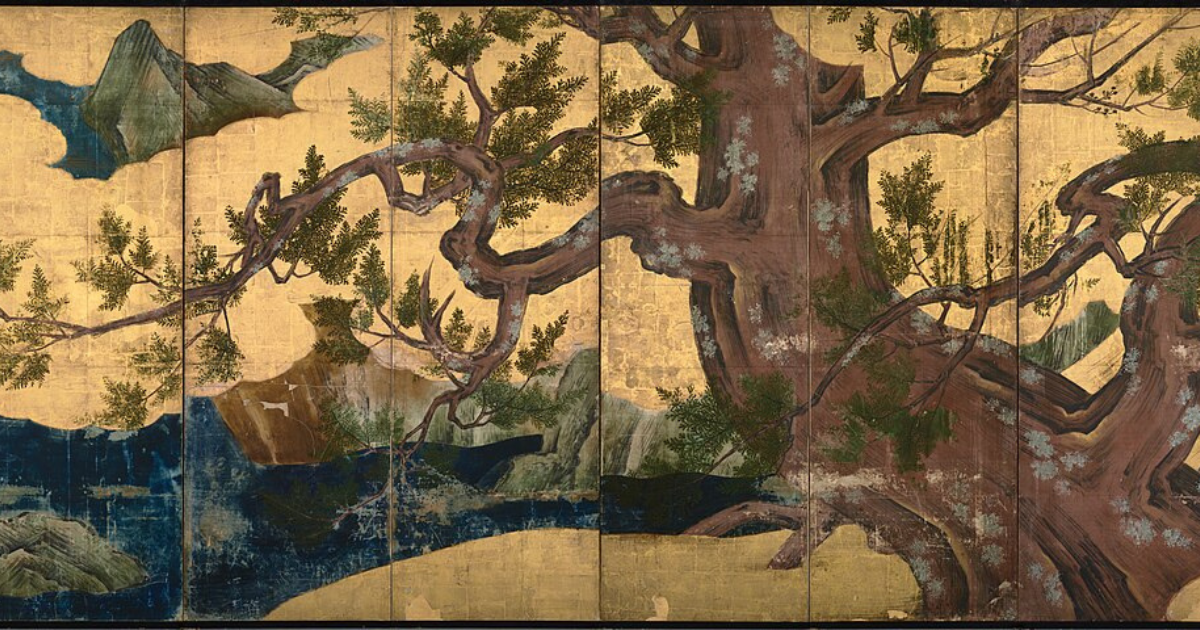
As Vincent van Gogh once said while immersed in Japanese prints: “If we study Japanese art, we see a man who is undoubtedly wise, philosophical, and sensitive. What does he devote himself to? He studies a single blade of grass.”
How to find beauty in imperfection
Japanese art is an entire world of philosophy and aesthetics, where calligraphy is closely intertwined with painting, pottery with tea ceremonies, and where silence and emptiness carry as much meaning as vibrant forms and colors. From the ancient Jōmon rock drawings to the neon-bright manga of our time, all are parts of one multilayered canvas.
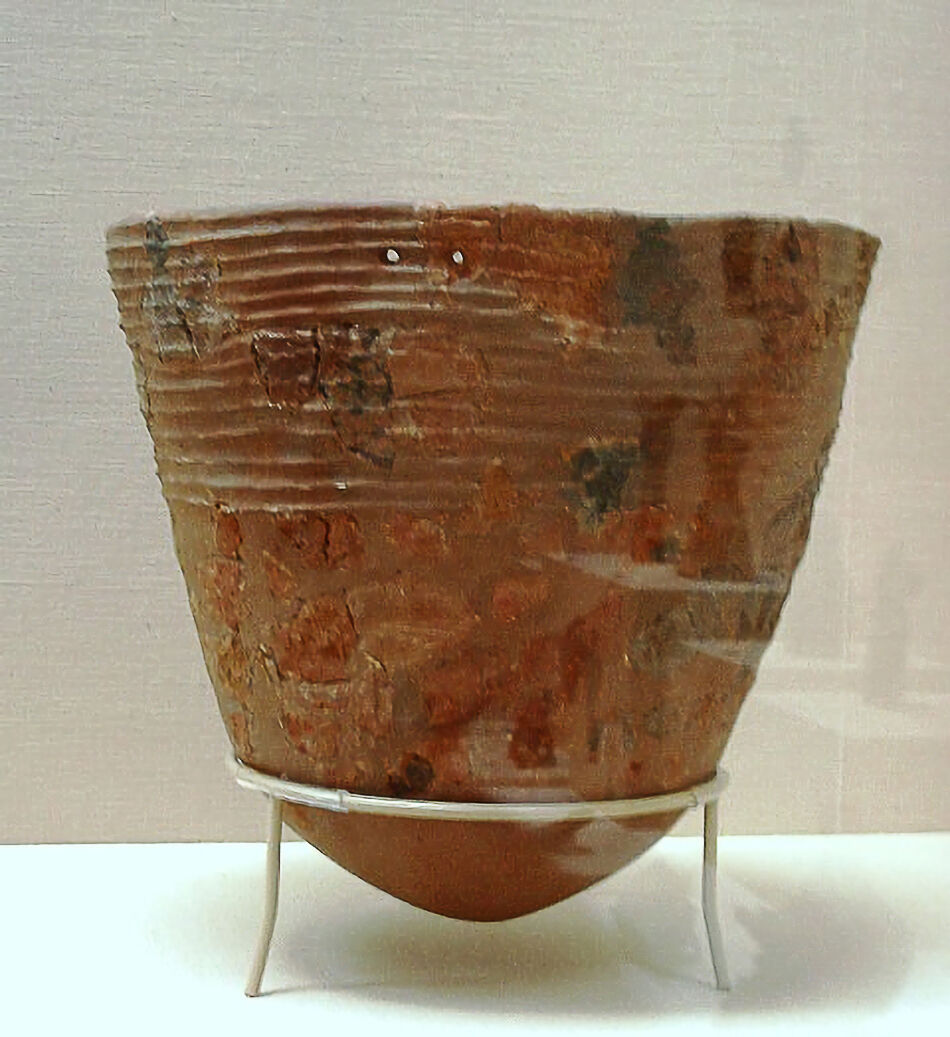
source: Tokyo National Museum
For centuries, the Japanese have mastered the art of absorbing foreign influences and transforming them into something entirely unique. They did not merely copy but carefully adapted everything brought to them by the winds of change. But what truly distinguishes Japanese art from Western art is its special relationship with imperfection. In Japan, beauty lies not in flawlessness, but in unique defects: in the cracks of pottery highlighted with gold using the kintsugi technique; in the slightly smudged brushstrokes of a calligraphic character; in the asymmetry of an ikebana arrangement. This is the embodiment of the philosophy of wabi-sabi – the art of seeing beauty in the impermanence and imperfection of the world.
The subtlety of imperfection
The philosophy of wabi-sabi was born back in the 14th century, during the time of the humble monk Murata Jukō, founder of the tea ceremony. Since then, it has taken deep root in Japanese culture, shaping a way of life that goes far beyond art itself. Wabi-sabi is about simplicity, modesty, and silence. It is a meditation on simple objects that tell us more about life than any lavish ornamentation ever could.

source: Общественное достояние
Take, for example, the art of the Edo period – the famous ukiyo-e prints, which literally mean "pictures of the floating world." These works are profound philosophical statements on the transience and fragility of existence. Hokusai’s ‘The Great Wave off Kanagawa’ is like a metaphor for life itself – its swiftness, power, and fleeting nature. It’s no coincidence that Japanese prints so enchanted European Impressionist painters, inspiring them to see color and form in entirely new ways.
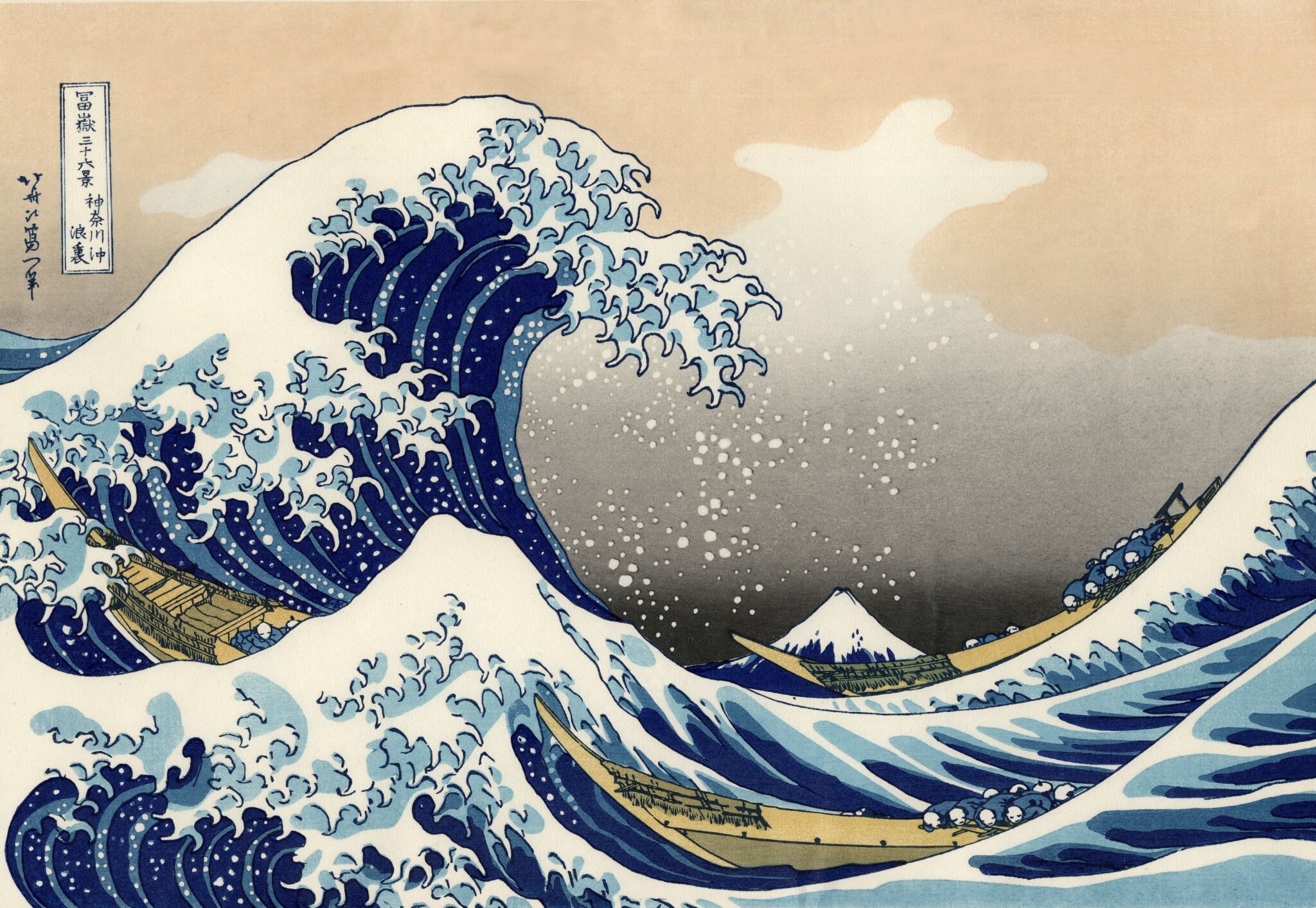
source: The Metropolitan Museum of Art
Mountains and waters: the harmony of opposites
Japanese painting has always reflected a profound worldview. The word “sansui” ("mountains and waters") for a Japanese artist signifies an entire philosophy of balance and harmony, a dialogue between yin and yang, hardness and softness, stillness and movement. Vertical and horizontal scrolls are entire stories to be read slowly, immersing oneself in every detail, every finely drawn brushstroke.
But Japanese art can also be bold, loud, and provocative. Contemporary Japanese artists such as Yayoi Kusama and Takashi Murakami, with their extravagant and audacious works, embody the spirit of basara – provocation and challenge, the desire to shake the viewer and break habitual boundaries. In their work, tradition and modernity merge into something entirely new, showing just how vibrant and dynamic Japanese art remains.
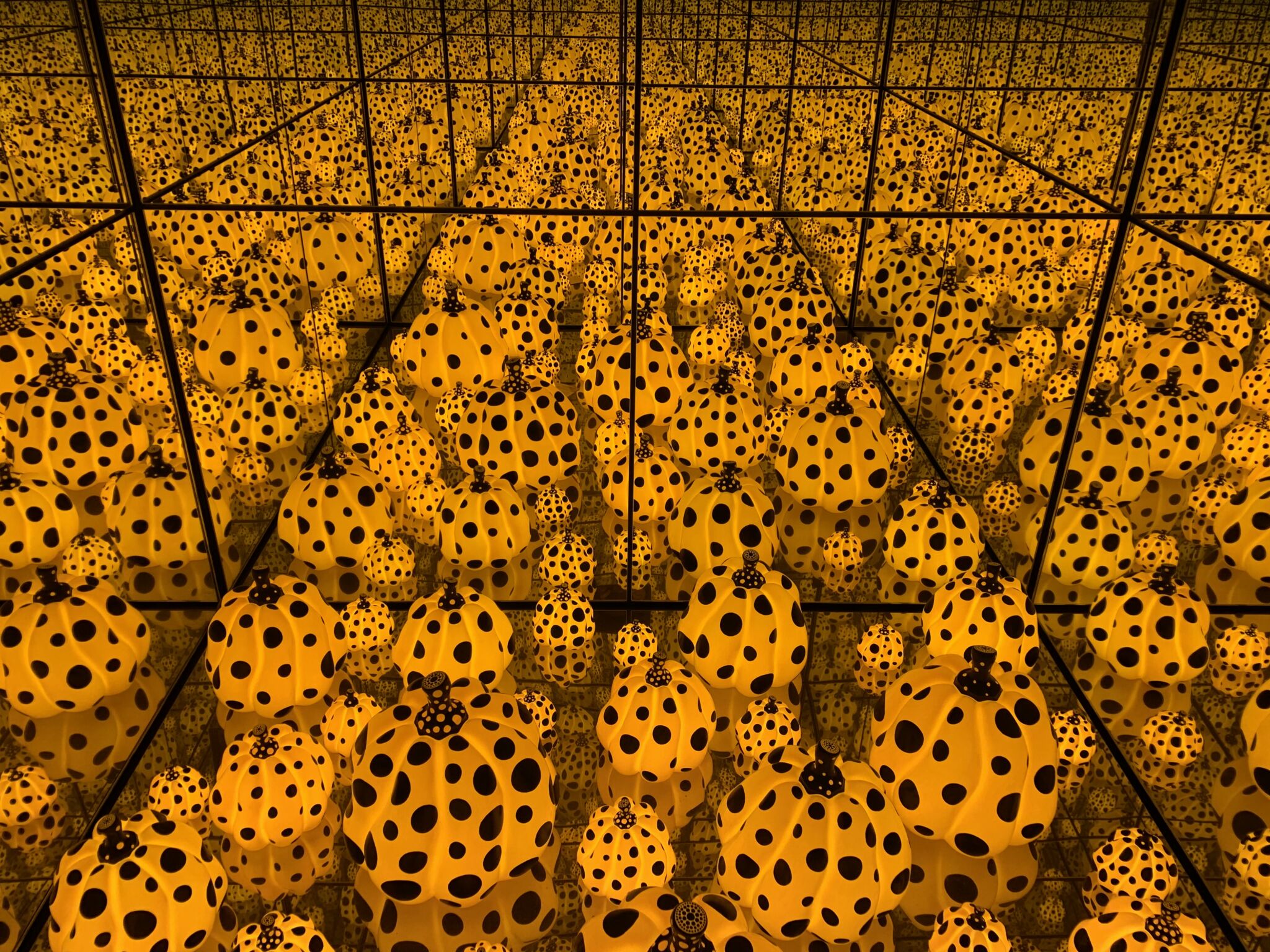
source: National Gallery of Australia
The path to understanding
Today, we live in a world where Japanese aesthetics have become part of global culture. We wear kimonos and decorate our homes in the Japandi style, enjoy manga, and draw inspiration from minimalism. But to truly understand the beauty and depth of Japanese art, it’s important not merely to observe it, but to learn to see it through Japanese eyes – the eyes of that wise person Van Gogh spoke of. For every blade of grass, every brushstroke, and every crack in a cup can tell a story full of meaning and beauty, if only we pause and take a closer look.
